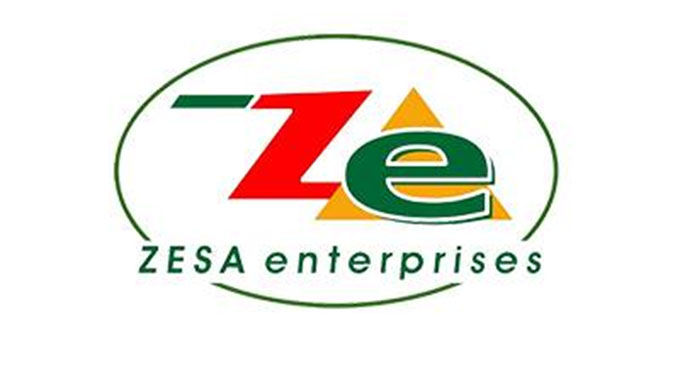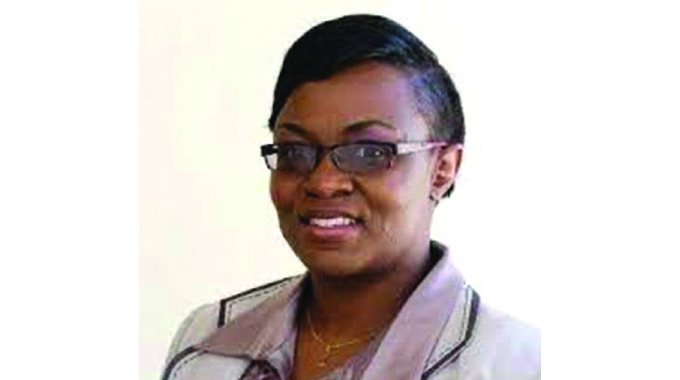SA interest rate hike pain looms as inflation spikes

South Africa’s central bank will likely extend its tightening cycle and push rates cuts further into the future amid countrywide power outages and currency weakness, analysts said, adding to inflationary pressures straining businesses and households.
The South African Reserve Bank (Sarb) – which is facing a dilemma of how to keep a lid on inflation without further stifling already anaemic economic growth – has hiked its main lending rate by 425 basis points since November 2021.
Read: Inflation quickens to 7.1 percent, as food prices continue to soar
But inflation continues to run hot.
The next rate decision is on Thursday, and a majority of economists surveyed by Reuters last week expect a 25 basis points (bps) hike to 8 percent.
But some analysts, like Nicolaie Alexandru-Chidesciuc at JPMorgan, have ramped up their forecasts, now expecting the bank to deliver a 50bp hike and predicting the first rate cut would not come until well into 2024.
“The risk of worsening electricity cuts as well as geopolitical concerns after the US ambassador claimed the country was not acting in a non-aligned manner in the Russia-Ukraine conflict have significantly impacted the currency,” said Alexandru-Chidesciuc.
The outlook faced by South African policy makers is at odds with other developing economies’ central banks, many of which have front-run the US Federal Reserve in their hiking cycles and are gearing up to deliver cuts in the coming months.
This provides relief at a time when growth woes for the world’s top two economies – the US and China – dominate. Among major emerging markets, only Israel and Colombia have recently raised rates. Hungary on Tuesday started the first policy easing cycle in Europe. Sarb deputy governor Rashad Cassim acknowledged in an interview with Reuters on May 3 that rate hikes were unpopular in a low-growth economy but said the priority was managing inflation expectations. Annual consumer price inflation is running at over 7 percent, above the central bank’s target range of 3 percent-6 percent.– Bloomberg
“We want to ensure that the depreciated exchange rate and (high) food prices don’t permeate into other parts of the inflation basket,” Cassim said.
“If we did nothing, (consumer) income is going to erode more and more. So maybe a little initial pain may benefit consumers in the medium to long run.”
South Africans were already facing rising prices after Covid-19 and the Ukraine war disrupted supply chains. The power crisis has added to pressure, as businesses, including food producers and retailers, spend more on alternatives such as diesel generators and pass on the costs to consumers.
The central bank estimates that rolling blackouts – which can last up to 10 hours a day – will add 0,5 percentage points to headline inflation in 2023.
The rand weakening more than 10 percent this year makes imports more expensive.
rand, dollar, exchange rate








Comments